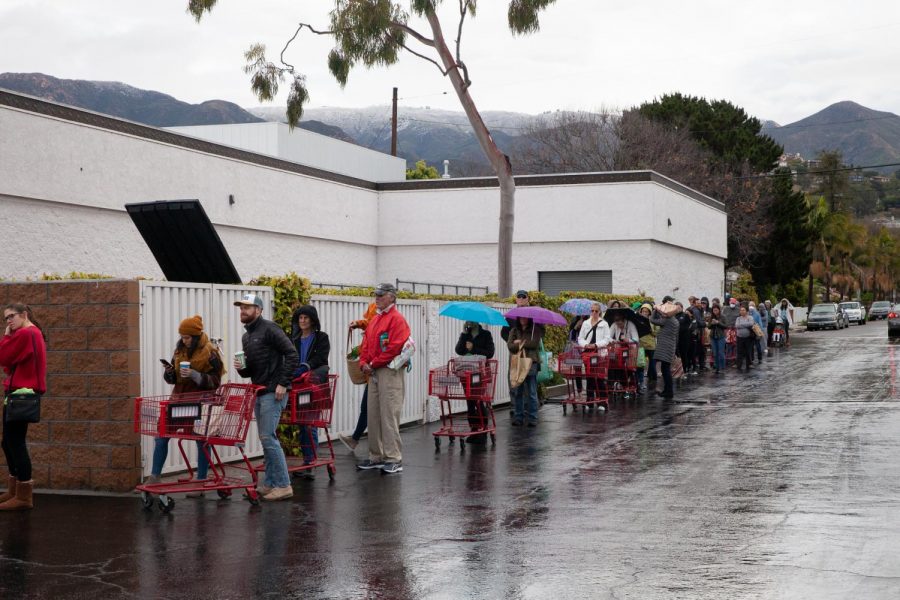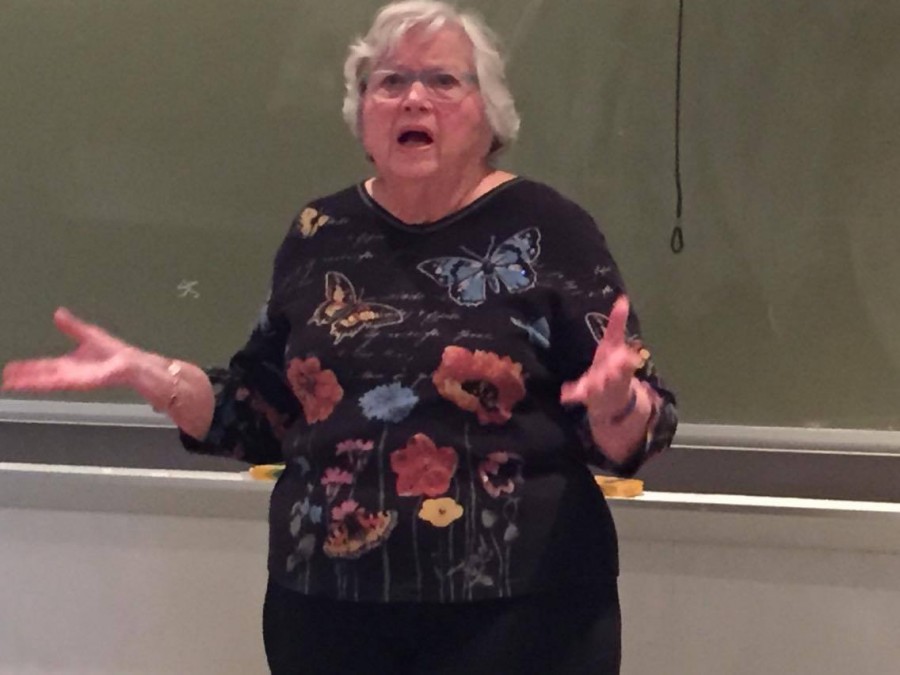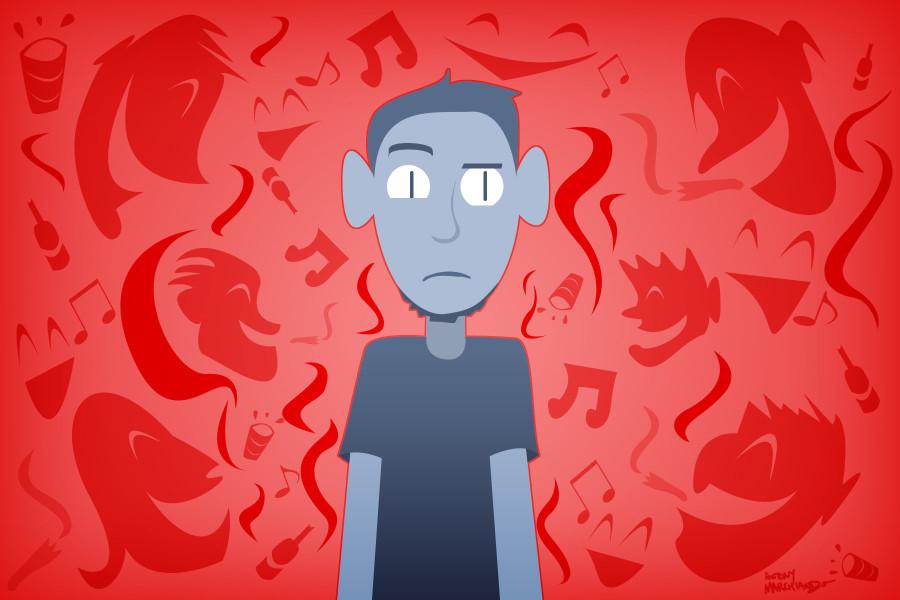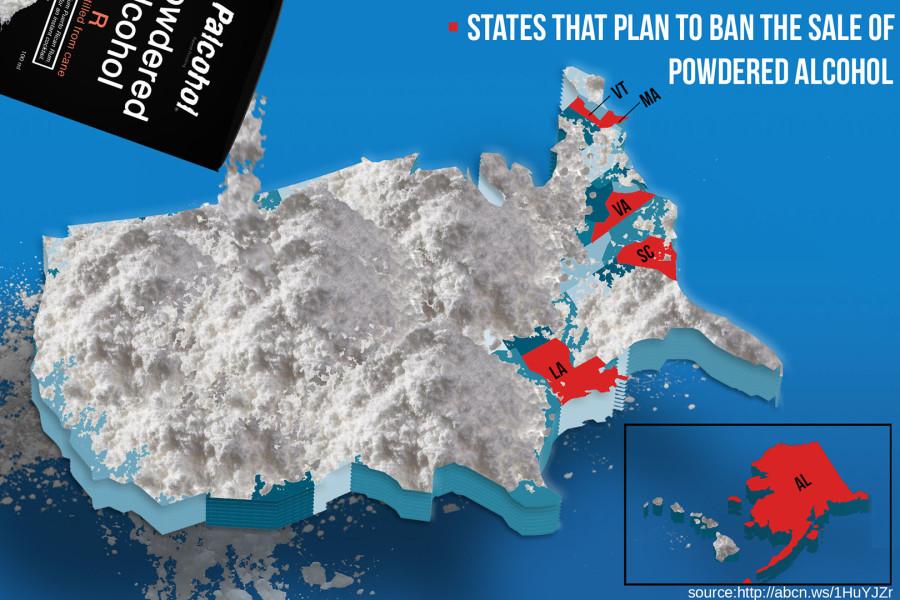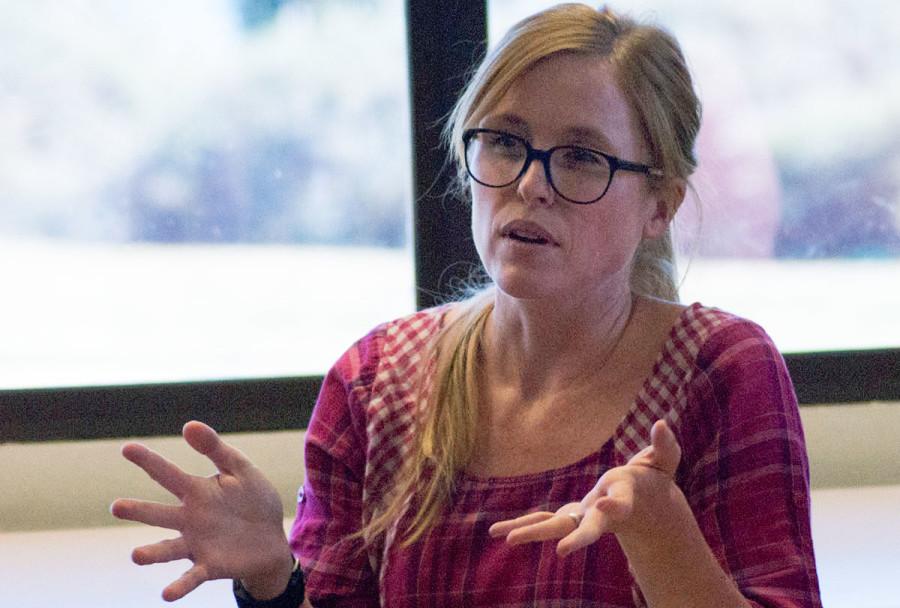If malaria was a serial killer, it would be Richard “The Iceman” Kuklinski. Massive deaths, yet no one can remember the name.
Malaria has been one of the greatest threats to human life since it was first documented in the fifth century B.C. Even after killing Greeks, Romans and most likely Alexander the Great himself, it continues its spree today.
Yet its millions of victims go unnoticed, and its existing threat overlooked.
We know it has something to do with a mosquito.
We know it’s big in Africa.
Maybe we even passed by the “malaria awareness” tables on West Campus last week.
But too many are blind to the death toll, and the toll is too high.
With death rates as high as those caused by HIV, Dr. Christa Hook, chairwoman of the Doctors Without Borders organization, says it’s “a kind of silent Holocaust.”
Malaria claims lives in 106 nations all over the globe.
It attacks the vulnerable immune systems of children under five years old, and pregnant women. Some cases can even kill a formerly healthy child within 12 hours.
For victims that survive the illness, the damage they receive can leave them neurologically scarred for the rest of their lives.
In countries like Zambia, annual malaria case rates can reach more than 135%. Its victims suffer more than one case per year.
And we can’t seem to stop it from coming.
Malaria is a parasitic disease, which makes it nearly impossible to vaccinate.
It produces so many different strains, spins out so many new mutations and reproduces so quickly that scientists can barely keep their wits about it.
It evolves like someone’s pressing the fast-forward button.
Some scientists, like Dr. Gwadz of the International Studies of Malaria and Entomology for the National Institutes of Health, believe that in many ways, malaria has proved smarter than humans.
This must be hard to swallow, and surely the taste is new.
Malaria is a plague among the countries it infects. It is one of the greatest pestilences our world has ever known.
Yet we don’t know a thing about it-like how it’s completely treatable and preventable.
Now the truth behind the problem: these countries cannot afford to save their own lives.
Mesh nets impregnated with insecticides hang above beds, protecting innocent sleepers from the malarious mosquitoes that carry the parasite in their saliva.
Americans could buy this net for $2.50, but this price is unaffordable to the still-developing countries that need it most.
Only one out of 20 people in Africa own these bed nets, meaning 95% of people living in these malaria-endemic lands sleep unprotected.
For treatment, the first-line recommendation against this sickness is a multi-antimalarial therapy that would, again, cost $2.50. In Africa, this is 20 times more expensive than other medications.
The prevention and treatment of malaria for a human being is $5. For the price of a Double-Double meal at In-N-Out, a life can be saved.
So if we ever take out our check books to graciously donate to researching cures for AIDS and breast cancer, it would be best to give our first $5 to a child, a mother or other potential victim whose life could be saved from malaria.
If we are aware of malaria, we will know how far a little generosity goes. And a little generosity goes a long, long way.



